Search
Search Results

Book Review
The Indus
Written by Andrew Robinson and published by Reaktion Books in 2015, The Indus is an introduction to the Indus Valley Civilization. Who were the Indus? Where and when did they live? Maybe these two questions are the first to come to the reader's...

Definition
Writing
Writing is the physical manifestation of a spoken language. It is thought that human beings developed language c. 35,000 BCE as evidenced by cave paintings from the period of the Cro-Magnon Man (c. 50,000-30,000 BCE) which appear to express...
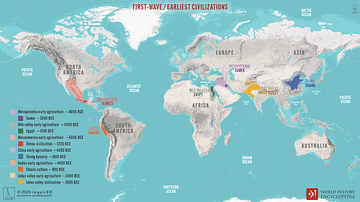
Image
First-Wave / Earliest Civilizations
A map illustrating the earliest stages of human civilization spanning from c. 8000 BCE to 2000 BCE. It showcases the emergence of organized societies, agricultural practices, and the origins of urbanization.
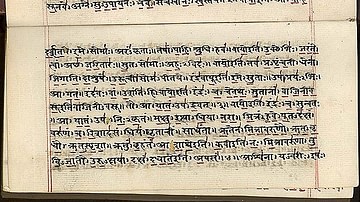
Image
The Vedas (Rig-veda)
An extract from The Vedas (or Rig-Veda) written in Sanskrit (early 19th century CE).
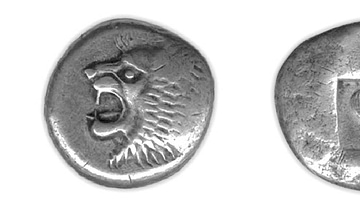
Article
Colchis & Iberia in Antiquity
Colchis (western Georgia) and Kartli/Iberia (eastern and southern Georgia) were important regions in the Caucasus area of Eurasia from the Bronze Age of the 15th century BCE. Prospering through agriculture and trade, the region attracted...
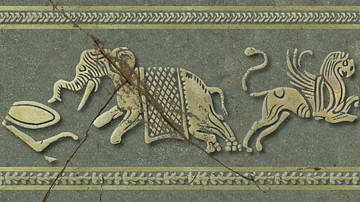
Article
Elephants in Hellenistic History & Art
Elephants were thought of as fierce and frightful monsters in antiquity, very real though rarely seen until the Hellenistic period. They were deployed on the battlefield to strike terror into the enemy, however, since fear was considered...
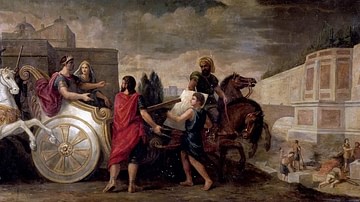
Article
Diodorus Siculus' Account of the Life of Semiramis
Semiramis is the semi-divine Warrior-Queen of Assyria, whose reign is most clearly documented by the Greek historian Diodorus Siculus (l. 90-30 BCE) in his great work Bibliotheca Historica ("Historical Library") written over thirty years...

Image
The Achaemenid Persian Empire c. 500 BCE
A map illustrating the rise and evolution of the Achaemenid Persian Empire (from the name of Achaemenes, an ancestor of the empire's founder, Cyrus the Great) from its origins in around 550 BCE when Cyrus II of Persia conquered the Medes...
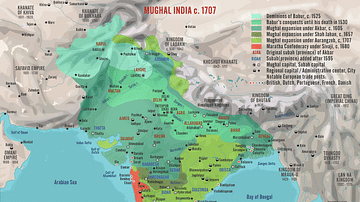
Image
Mughal India c. 1707
A map illustrating the emergence and expansion of one of the largest centralized states in the premodern world - the Mughal (Persian for Mongol) Empire from its foundation in 1526 by Ẓahīr al-Dīn Muḥammad Babur, a Chagatai Turk and a descendant...
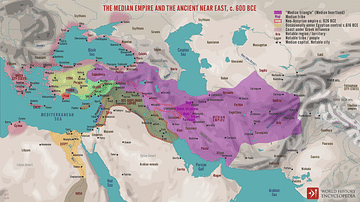
Image
The Median Empire and the Ancient Near East, c. 600 BCE
A map illustrating the rise and expansion of the Median Empire in the wake of the Bronze Age Collapse and the disintegration of the Neo-Assyrian Empire (c. 609 BCE). While the Neo-Babylonian Empire engulfed the Fertile Crescent from the Levantine...